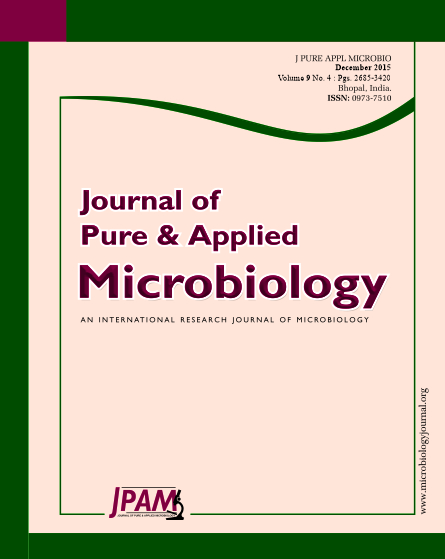A field experiment was conducted at the College Agronomy Farm, Department of Agronomy, B. A. College of Agriculture, Anand Agricultural University, Anand, Gujarat during kharif season of the years 2006 and 2007 on loamy sand soil with a view to study the effect of spacing and integrated nutrient management on green cob yield and quality of sweet corn [Zea mays saccharata sturt]. Twenty treatment combinations comprising two levels of spacing (45 cm x 20 cm and 60 cm x 20 cm), two levels of FYM (0 t FYM/ha and 10 t FYM/ha) and five fertility levels (100 % RDF, 75 % RDF + Azotobacter, 75 % RDF + Azotobacter + PSB, 50 % RDF + Azotobacter and 50 % RDF + Azotobacter + PSB) were tried under split plot design with four replications. The results revealed that sowing of sweet corn at narrow spacing (45 cm x 30 cm) and application of 10 t FYM ha-1 with application of 100 % RDF were significantly influence on green cob yield, green fodder yield and get maximum monetary return.
Sweet corn, Green cob, Green fodder, Protein content and sugar content.
© The Author(s) 2015. Open Access. This article is distributed under the terms of the Creative Commons Attribution 4.0 International License which permits unrestricted use, sharing, distribution, and reproduction in any medium, provided you give appropriate credit to the original author(s) and the source, provide a link to the Creative Commons license, and indicate if changes were made.


